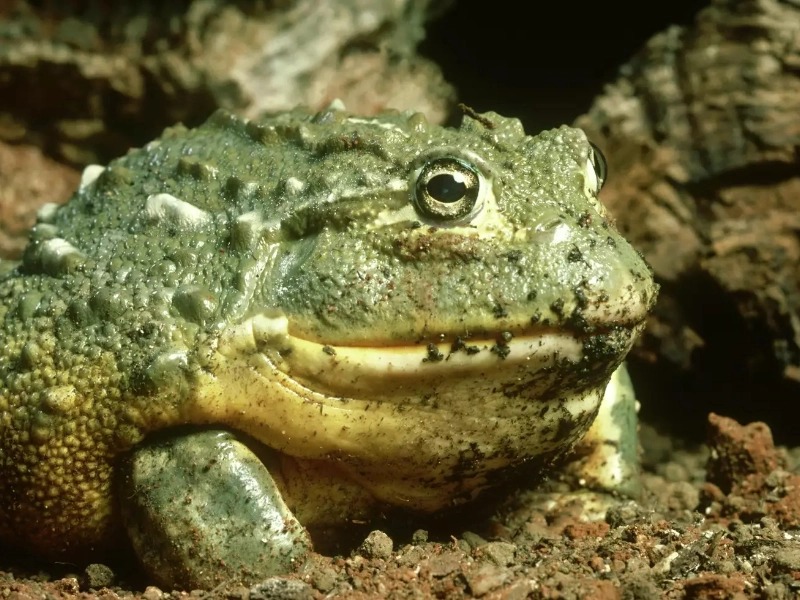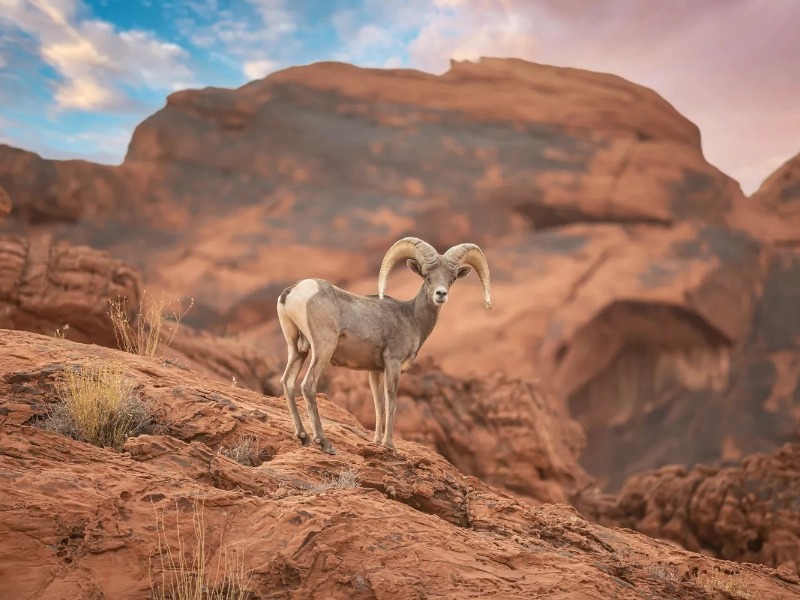
17 Animals Amazingly Adapted to Thrive in Deserts
By • Last Updated13. Desert Bighorn Sheep

The desert bighorn sheep (Ovis canadensis nelsoni) is a remarkable species that has adapted beautifully to the challenging terrains of the Mojave and Sonoran Deserts in the western United States. Known for their striking physical features, social behavior, and unique adaptations, these animals thrive in an environment where water is scarce and temperatures fluctuate significantly.
One of the most critical adaptations of desert bighorn sheep is their ability to travel long distances without a consistent water source. They primarily derive the moisture they need from the plants they consume, including grasses, shrubs, and cacti. This dietary flexibility is essential for survival in the desert, where water availability can be unpredictable. During the rainy season, bighorn sheep often take advantage of the lush vegetation to hydrate without needing to drink from external sources. They are also skilled at locating water when necessary, adept at opening barrel cacti to access the moist flesh inside and finding small rock pools that collect rainfall. This ability to exploit various water sources is crucial, especially in the hot summer months when temperatures soar and vegetation becomes scarce.
Physiologically, desert bighorn sheep are well-equipped to handle extreme temperature variations. Unlike many other mammals, they can tolerate slight fluctuations in body temperature, allowing them to thrive during both the heat of the day and the coolness of the night. Their light coloration reflects sunlight, helping them stay cool in the intense midday heat, while their thick, woolly coats provide insulation against the cold.
Socially, desert bighorn sheep exhibit strong herd dynamics. They typically live in groups, which offer protection in numbers and allow individuals to keep watch for predators. Within these herds, social hierarchies often emerge, usually led by older, more experienced rams. These social structures are vital for maintaining the overall stability and health of the group, facilitating mating and nurturing of young. During the breeding season, males display their strength and agility by engaging in head-to-head contests, clashing their impressive horns to establish dominance and gain access to females. These displays not only showcase their physical prowess but also play a significant role in preserving genetic diversity within the population.
In conclusion, the desert bighorn sheep is an impressive example of adaptation to life in arid environments. Their ability to live in social groups, endure extreme temperature fluctuations, and survive with limited water emphasizes the resilience of this species. Understanding their unique adaptations is essential for ensuring the survival of desert bighorn sheep as conservation efforts continue to focus on protecting them and their habitats in a rapidly changing environment.